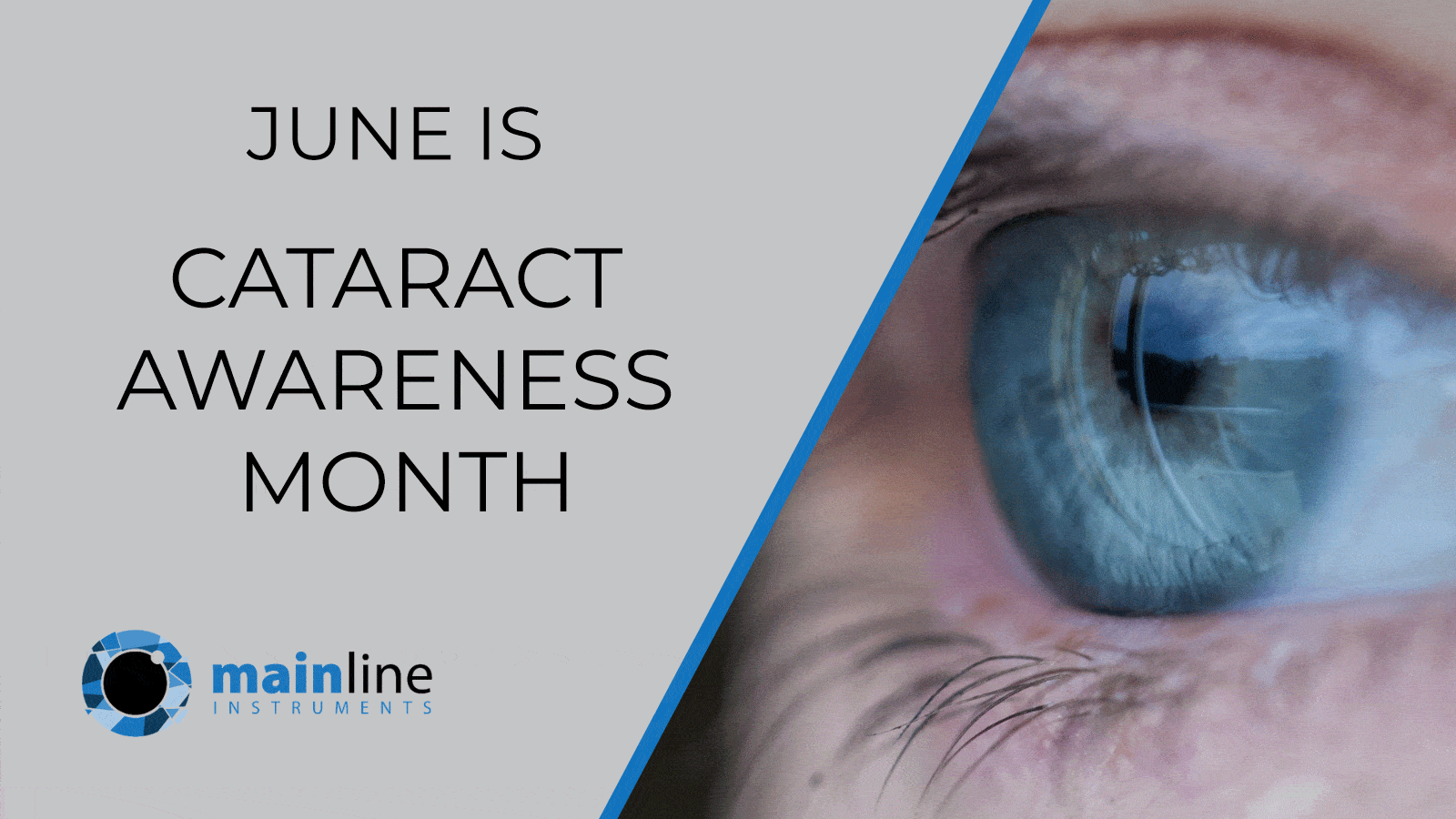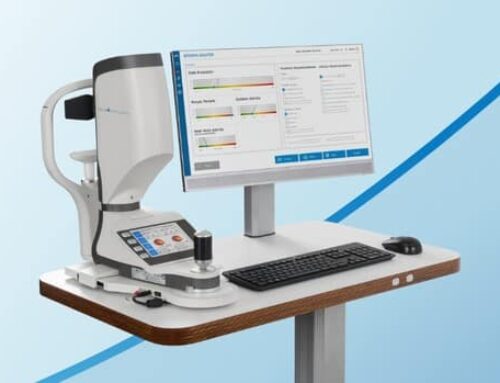June is Cataract Awareness Month. This is a time to raise awareness and help to educate about one of the leading causes of vision loss.
A cataract is where the lens of the eye goes cloudy, which blocks how the light enters into the eye. The lens of the eye is located behind the pupil and the coloured iris, and is normally transparent. Vision may become blurry because the cataract stops light from properly passing through to the retina. A cataract doesn’t usually cause pain or redness, but does cause difficulty in seeing clearly.[1]
Some risk factors include[2]:
- Old age
- Intense heat or long-term exposure to UV rays from the sun
- Certain diseases, such as diabetes
- Inflammation in the eye
- Hereditary influences
- Long-term steroid use
- Eye injuries
- Smoking
Cataracts can be easily diagnosed and visiting your optician or optometrist regularly is important in helping protect your eyes from further damage.
Those over the age of 16, with or without diabetes who are part of diabetic retinopathy monitoring scheme need to be seen every 2 years.
If a patient has diabetes and is not part of diabetic retinopathy monitoring scheme need to be seen more frequently, every year.
If you are a contact lens wearer, by law you are required to have a check up every 12 months to continue purchasing lenses and ensure they are the best fit comfort for your eyes. The optician will be able to help with your wearing schedule, how often you replace your lenses, and your eye health if anything changes with the lenses. An annual eye exam is recommended for everyone over the age of 60, and bi-annual exams for adults between 41-60 years to check for developing eye or vision problems.
References:







